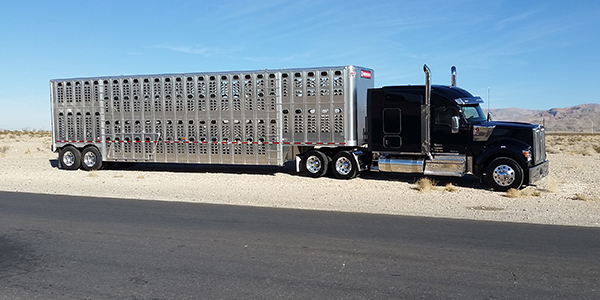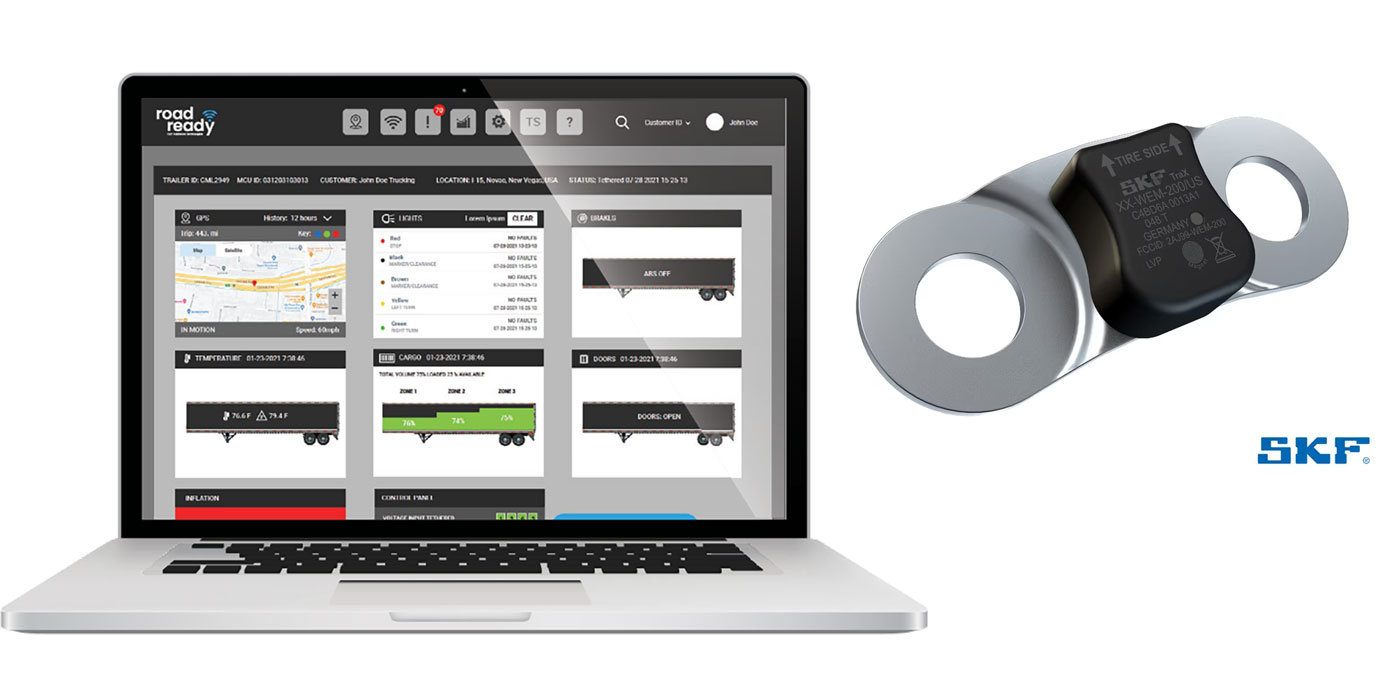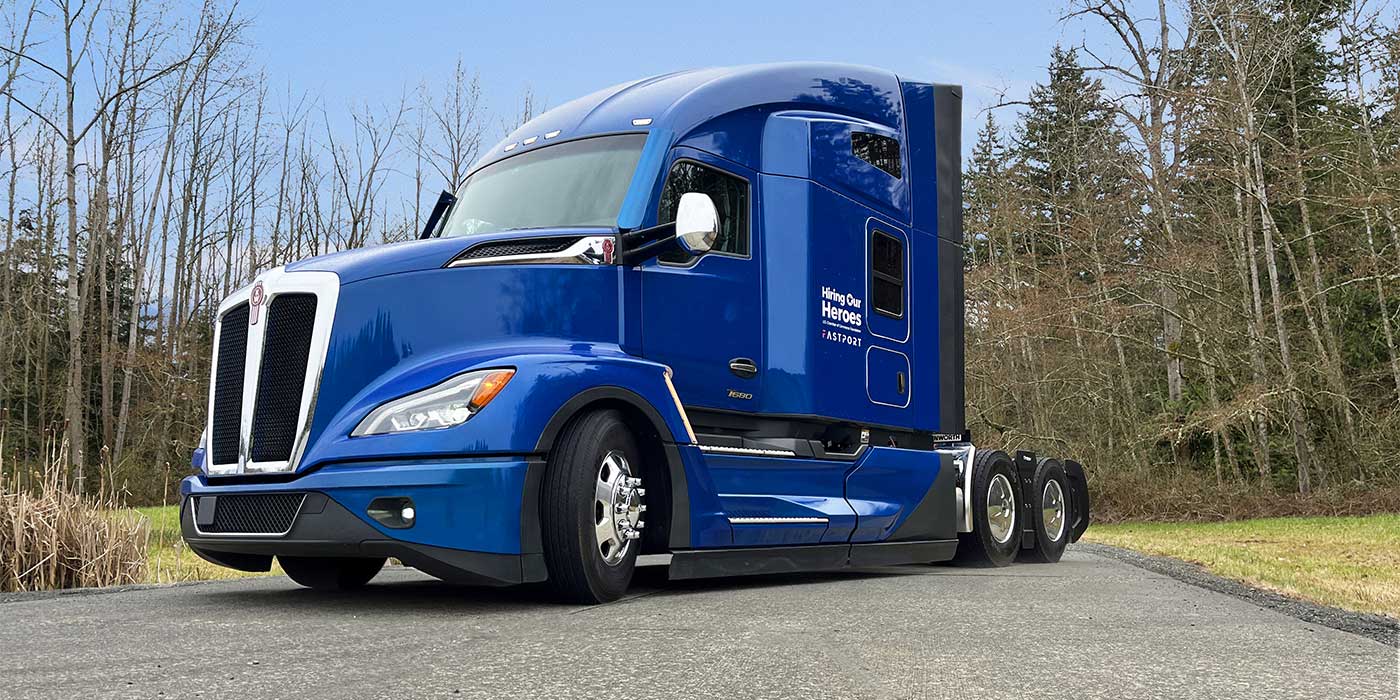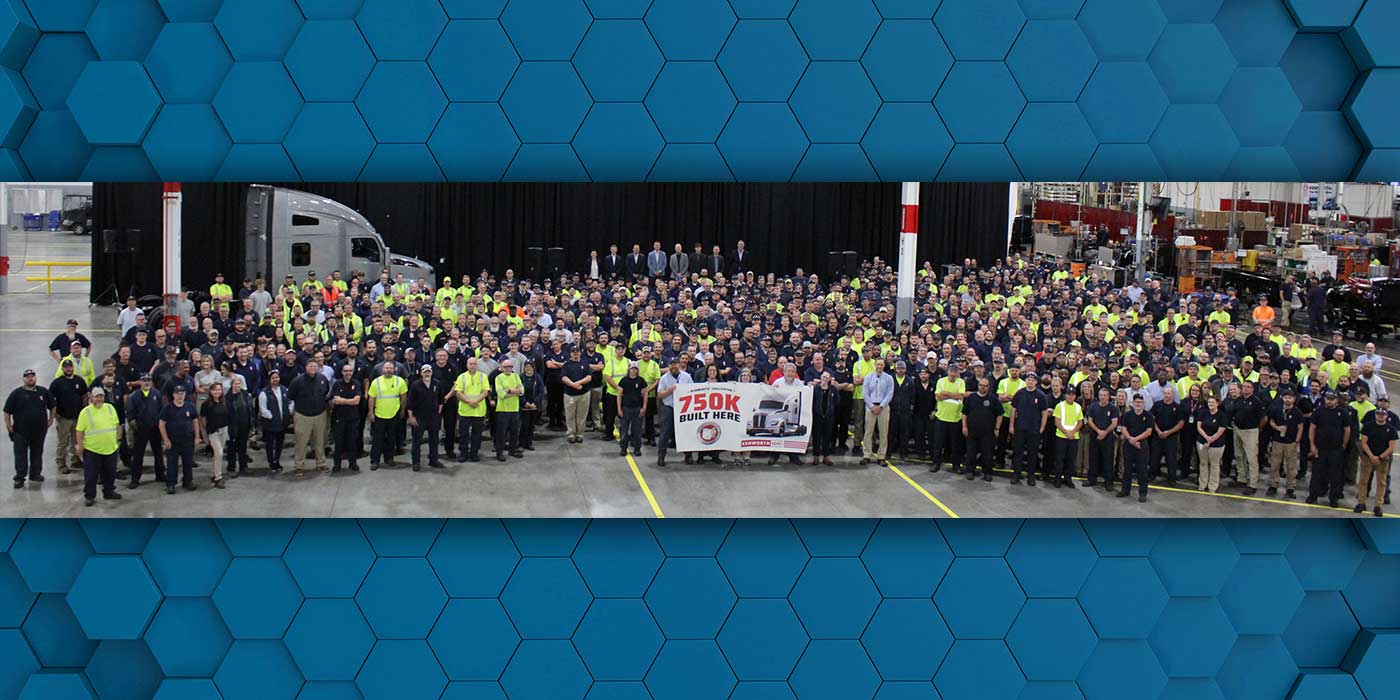The driver shortage is ongoing and shows no signs of stopping.
“We need about 90,000 drivers a year coming into our industry, and we’re about 50,000 short today,” outgoing ATA Chairman Dave Manning said in a recent speech. “We project that to be 125,000 short in the next six years.
“We have a workforce policy committee that has some suggestions of what we might want to do to improve workforce development,” he said. One of the most important things, according to Manning, is lowering the age requirement for a CDL to 18. “This way we’re not having to catch them on a second or third career,” he noted.
Beyond that, suggestions included working with the Department of Labor offices to make sure that trucking is one of the industries to which they are pointing people who are looking for employment. The second potential fix Manning mentioned was that the industry needs to do a better job of communicating the fact that not every truck driving job is long-haul.
These fixes may alleviate the situation in the future, but they don’t do much for fleets that need drivers now. One solution many have turned to is spec’ing reward trucks for their best or longest-tenured drivers.
Reward trucks may not boast the efficiency numbers of their more fuel-efficient brethren, but making an exception in your fleet for a few reward trucks can pay dividends in other ways, giving longtime drivers a reward and new drivers something toward which they can aspire.
One such truck was introduced recently: the Kenworth W990, a new long-hood conventional truck and a successor of sorts to the company’s long-running W900 series. The W900 line has long been known as a reward truck, and the W990 is being positioned in the same way.
Mike Dozier, Kenworth general manager and PACCAR vice president, concedes that the W990 will not be hitting the fuel efficiency numbers of the company’s on-highway T680 truck—but that’s not its goal.
“That’s where the T680 comes in: it’s there to meet the volume needs of customers,” Dozier said. “We designed the W990 for fleets that can have a portion of their fleet be that type of reward truck. There’s also a position for the W990 on its own merit, whether it’s in over-the-road or vocational applications.”
“There’s a considerable improvement over the W900L, so any company that’s already running the W900L will benefit right away,” he added.
Dozier went on to say that he thinks the prevalence of driver reward trucks will increase in the coming years.
“Yes, there will be an increase—how much of an increase, we don’t know,” Dozier said. “Given the driver retention challenges of today, customers are looking for whatever opportunities they can take advantage of that make sense within their business and allows them to move the needle in attracting and retaining drivers.
“There are two things playing into the driver shortage,” he continued. “It’s a demanding job and we’re at a time in the market with low unemployment. So what does that market look like a few years down the line? Time will tell.”














